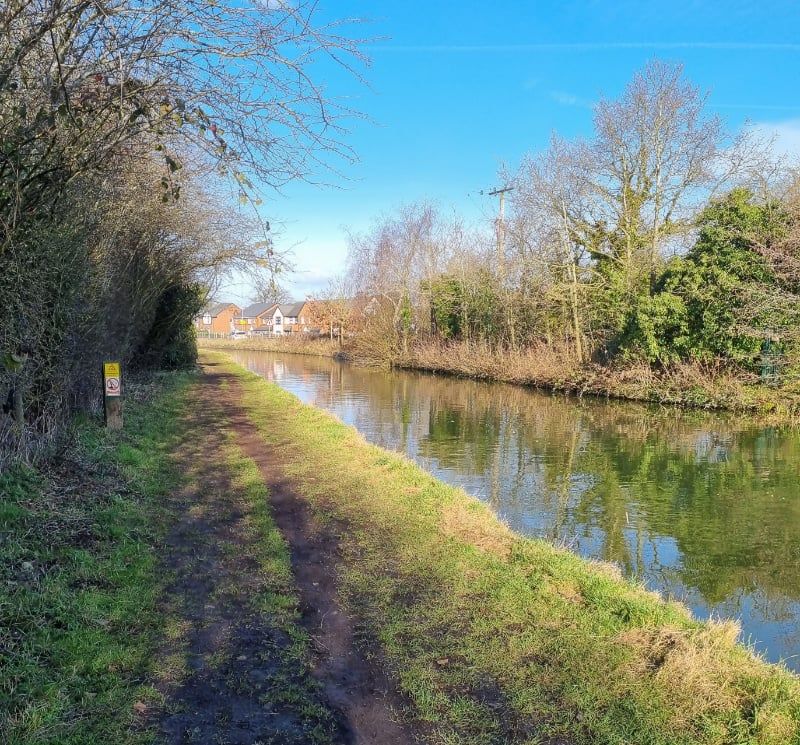Understanding the source pathway and receptor model
It can be hard to know where to start in planning for spills, this model provides and effective solution
Understanding the Source, pathway, receptor model
If you are planning for your emergency spill response procedures this is the ideal opportunity to take it back to basics and understand how a spill could occur, how they can spread and the effect that they can have to people and the environment.
The model consists of three components: the source, the pathway, and the receptor.
- Source – this is the origin of the spill, it could be a failed storage container or a broken pipe.
- Pathway – this is the course or route that a spill may travel, such as soaking through the soil, or entering a drain.
- Receptor – this is where the spill may end. Receptors can include sensitive areas or populations that can be affected by the spill, such as drinking water sources or residential areas.
By understanding the Source Pathway Receptor Model, emergency responders can easily assess the potential risks and develop appropriate response strategies for each stage.

Identifying potential sources and pathways
The first step is to identify the potential spill sources. This involves conducting a thorough assessment of the facilities, equipment, and operations that could potentially lead to a spill.
Some common sources of spills include storage tanks, pipelines, transportation vehicles, and industrial processes. It is important to consider both accidental spills and intentional releases in the assessment.
What risks does your site pose for spills and how can these be mitigated? Examples may include:
- Regular inspection of secondary containment on site such as bunding
- Regular inspection of pipeline and drainage plans
- Consideration for external visitors on site such as lorries that may be loading/unloading fluids
- Decanting liquids from one container to another
- Staff training and best practice policies for day to day handling of fluids.
In addition to identifying the sources, it is equally important to identify the pathways through which the spilled material can travel. This can include surface water drains, soaking into the ground and contaminating groundwater, and release of particles into the air. By identifying all potential sources and pathways, emergency responders can develop a comprehensive understanding of the spill, to try and mitigate risks.
Assessing potential receptors and vulnerable areas
Once the potential spill sources and pathways have been identified, the next step is to assess the potential receptors and vulnerable areas. This involves identifying the sensitive areas or populations that could be impacted by the spill.
Receptors can include a variety of consequences for both people and the environment such as drinking water sources, sensitive ecosystems, waterways and residential communities. Vulnerable areas can include areas with high population density, areas with limited access to emergency services, and areas with high ecological value.
By assessing potential receptors, emergency responders can prioritise their response efforts.

Developing response strategies
Once the potential spill sources, pathways and receptors have been identified and assessed, the next step is to develop response strategies.
This should include opportunities to break the cycle by removing or preventing access to the source, pathway or receptor. Examples could include:
- Containment and recovery of the spilled material,
- Protection of sensitive areas through barriers or booms,
- Evacuation of vulnerable populations,
- Communication with the public and relevant stakeholders.
It is important to consider the specific characteristics of the spill scenario and tailor the response strategies accordingly. Regular training and drills can help ensure that the response strategies are effective and well-executed.
Implementing and testing the emergency response plan
The final step in using the Source Pathway Receptor Model is to implement and test the emergency response plan. This involves putting the developed response strategies into action and conducting exercises to evaluate their effectiveness.
Testing the emergency response plan through drills and exercises helps identify any gaps or areas for improvement. You can further refine the plan and enhance emergency preparedness.
By following the steps of this model and continuously improving the emergency response plan, organisations can be better prepared to effectively respond to spills and minimize their impacts.

